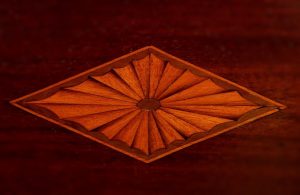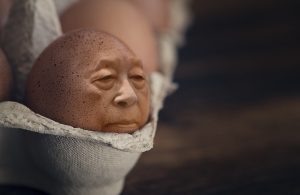Art restoration, a discipline dedicated to preserving cultural heritage, has undergone radical changes over the past few decades. Once reliant on traditional techniques and manual craftsmanship, the field now embraces technological innovations that have made it more precise and accessible. These advancements have not only enhanced the efficiency of restoration processes but also improved the accuracy and preservation quality of valuable artworks.
The role of digital imaging in art restoration
One of the most significant technological advancements in art restoration is the use of digital imaging. High-resolution photography and multispectral imaging allow restorers to examine artworks in detail without causing any physical harm. These tools enable experts to look beneath the surface layers, revealing underdrawings, previous restoration efforts, or hidden details that might not be visible to the naked eye. This kind of detailed examination is crucial for making informed decisions about the best restoration techniques to employ.
3D scanning and printing technology
3D scanning and printing technologies have opened up new possibilities in the field of art restoration. By creating accurate digital models of sculptures or other three-dimensional artworks, restorers can replicate missing parts with precision. This approach not only ensures that the new parts fit seamlessly into the existing structure but also preserves the integrity of the original artwork. Additionally, 3D printing can be used to create replicas for educational purposes, allowing museums to display copies of fragile pieces while keeping the originals safe.
Advanced chemical analysis for better conservation
Today’s art restorers benefit greatly from advanced chemical analysis techniques. Methods such as X-ray fluorescence (XRF) and Fourier-transform infrared spectroscopy (FTIR) allow conservators to understand the material composition of artworks without extracting samples. This non-invasive analysis aids in identifying the right cleaning solvents and adhesives, ensuring that the chemicals used do not damage the artwork. Furthermore, understanding the chemical makeup of a piece can inform preventive conservation strategies, helping to extend the lifespan of these cultural treasures.
Artificial intelligence and machine learning
Artificial intelligence (AI) and machine learning are increasingly being integrated into art restoration processes. These technologies can analyse vast amounts of data quickly, identifying patterns and predicting deterioration trends. Machine learning algorithms can help anticipate how different materials will react to environmental conditions or restoration treatments, allowing conservators to plan more effective interventions. This predictive capability is invaluable for both current restoration projects and the ongoing preservation of artworks.
Virtual reality and augmented reality in restoration
Virtual reality (VR) and augmented reality (AR) have begun to play a role in both the planning and execution of art restoration projects. AR can overlay digital information onto physical artworks, guiding restorers in applying treatments precisely. VR, on the other hand, offers immersive simulations of restoration processes, aiding in training and planning. These technologies also enhance public engagement by providing virtual tours and interactive experiences that educate audiences about the intricacies of art restoration.
The future of art restoration
The integration of these advanced technologies into art restoration is just the beginning. As technology continues to evolve, so too will the methods and capabilities of art restorers. The future holds the promise of even more sophisticated tools and techniques, potentially including nanotechnology and bioengineering, to further protect and preserve our cultural heritage. With each innovation, the field of art restoration becomes more equipped to tackle the challenges of conserving the world’s artistic legacy for future generations.



















